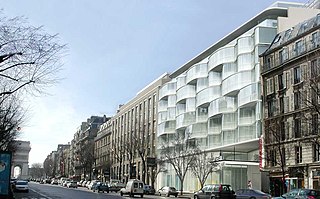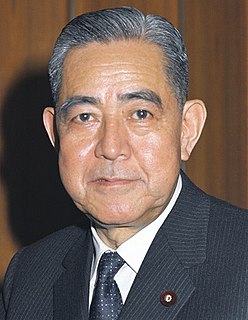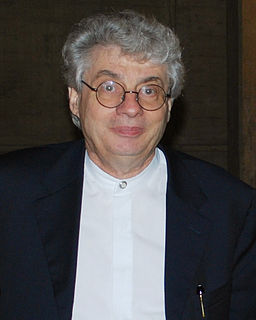A Quote by Harry Seidler
After World War II great strides were made in modern Japanese architecture, not only in advanced technology, allowing earthquake resistant tall buildings, but expressing and infusing characteristics of traditional Japanese architecture in modern buildings.
Related Quotes
I recently wrote a piece on comics in architecture - I was talking about the three kinds of comics I pay attention to: the Franco-Belgian, the Japanese manga, and the American comics. I started thinking about the relationship between Japanese manga and Japanese architecture, or Franco-Belgian bande dessinée versus Franco-Belgian architecture, it began to make sense; there are parallels to the modes of operations and the cultures they belong to. If I didn't force myself to write, I would have no forum to clarify these thoughts. Writing is really helpful.
My high school had been a renovated old hospital, so when I first came to the UCLA campus in the spring of 1965, I was immediately impressed by the classic northern Italian architecture that was mixed with futuristic ultra-modern buildings. The classic architecture gave it the heft of old wisdom while the modernistic look inspired hope for the future.
When I started studying architecture, people would say, you know, 'Can you tell me why are all modern buildings so boring?' Because, like, people had this idea that in the good old days, architecture had, like, ornament and little towers and spires and gargoyles, and today, it just becomes very practical.


































